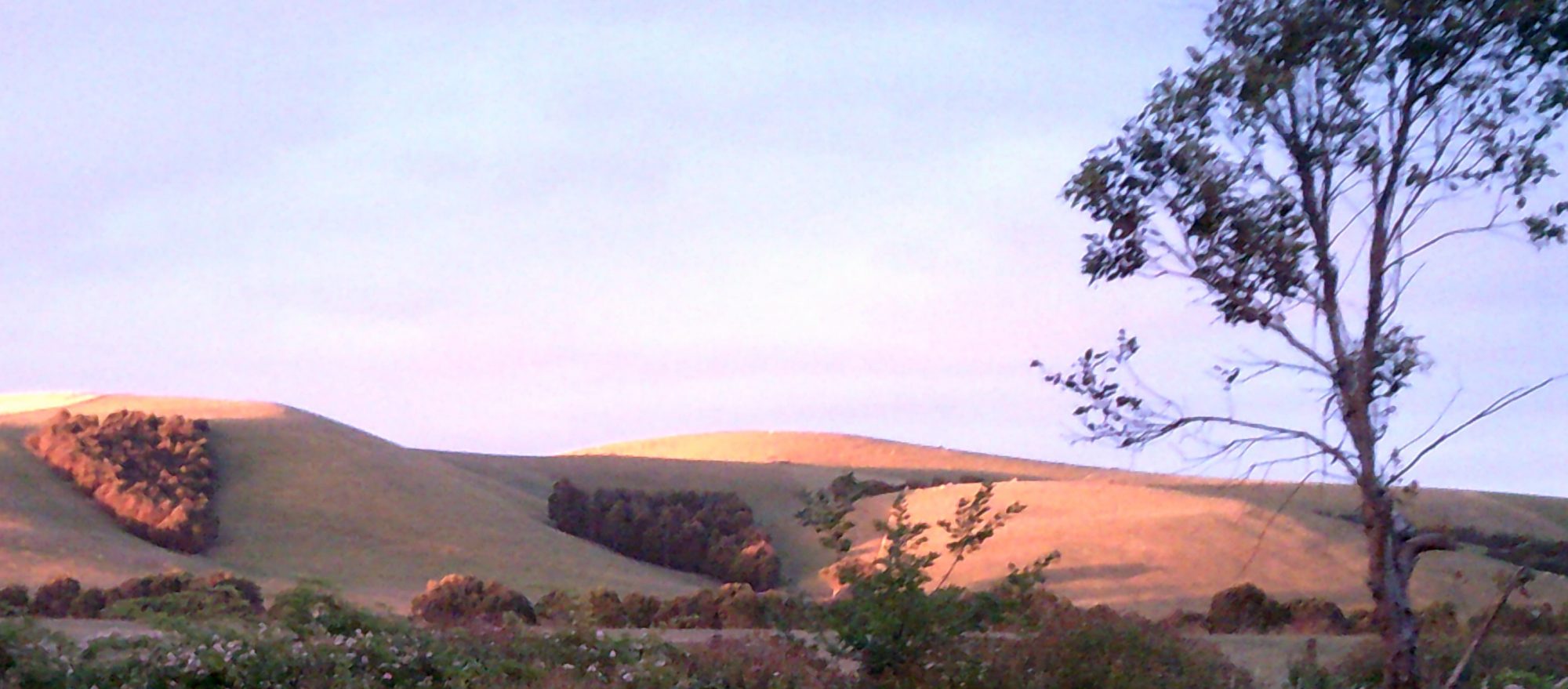Canvey Island.
The historian William Camden, writing in the seventeenth century noted that Canvey Island was also called Counos by Ptolemy in 100 AD whereby the Island appear on one of the earliest maps ever made. This idea has been strongly disputed.[1] The Romans were said to have built a trading route from Canvey Island to the Roman town of Chelmsford, but the existence of the road has also been disputed.[2] Nonetheless, Canvey Island, although separated from the mainland still had a very close relationship with other small and ancient hamlets and it marks a very early period in history. Essex has the oldest wooden church in the nation, it was believed to house body of Saint Edmund, King of East Anglia, and England’s first patron saint who was martyred in 869AD (the Normans replaced him later with St. George). The church was also rumoured to be the burial place of King Harold II who met his death at the battle of Hastings in 1066, or what was known as the Norman Conquest. [3] The Norman Conquest left a permanent mark on England that was strong in the consciousness of Essex residents as it was William the Conqueror who built the first Norman castle in Colchester in 1069, sometime after 1215 during the reign of Henry III by Hubert de Burgh built Hadleigh Castle, which overlooks Canvey Island.
William the Conqueror was born circa 1028 in Falaise, Normandy, France, he was an illegitimate child of Robert I, duke of Normandy, who died in 1035 while returning from a pilgrimage to Jerusalem. At only 8 years of age, William became the new duke of Normandy. Violence and corruption plagued his early reign, as the feudal barons fought for control of his fragile dukedom. A few of William’s guards died and his teacher was murdered during a period of severe anarchy. With the help of King Henry I of France, William managed to survive and was knighted while still in his teenage years. William was very ambitious, he gained control of his duchy and conquered two neighouring provinces Brittany and Maine. In the meantime, the childless king of England—Edward the Confessor, whose mother was a sister of William’s grandfather—promised William succession to the English throne. However, when Edward died in 1066, his brother-in-law and most powerful of the English lords, Harold Godwin, claimed the throne of England for himself (despite an oath he made to William to support his claim). The Witan, a council of English lords that commonly took part in deciding succession, supported Harold. William, angered by the betrayal, decided to invade England and enforce his claim.
William assembled a fleet and an army on the French coast, but due to unrelenting north winds, their advance was delayed for several weeks. In the meantime, the Norwegian army invaded England from the North Sea. Harold, who had been preparing for William’s invasion from the south, rapidly moved his army north to defend England from Norway. After defeating the Norwegians, Harold unwisely marched his troops back down to meet William, without a rest. On October 14, 1066, the two armies met in the famous Battle of Hastings. King Harold and his two brothers were killed in the battle, and since no one of stature remained to raise a new army, William’s path to the throne was clear. He was crowned king of England on Christmas Day.
There were several revolts in the next five years, which William used as an excuse to confiscate English land and declare it his personal property. He then distributed the land to his Norman followers, who imposed their unique feudal system. Eventually, Normans replaced the entire Anglo-Saxon aristocracy. William, however, retained most of England’s institutions and was intensely interested in learning about his new property. He ordered a detailed census to be made of the population and property of England which was compiled in The Doomsday Book (now an invaluable source of historical information and still in the Public Record Office in London).
William died on September 9th, 1087, in Rouen, France. He had four sons and five daughters, and every monarch of England since has been his direct descendant. Although he never spoke English and was illiterate, he had more influence on the evolution of the English language than anyone before or since adding a slew of French and Latin words to the English dictionary. The introduction of skilled Norman administrators may be largely responsible for eventually making England the most powerful government in Europe. The house I grew up in sat at number 3 Normans Road. The address was significant. The name Hardrada appeared on the letterbox, but my mother took it down soon after we moved in. The number 3 could not be changed. This was the most sacred of numbers and the family chose the residence for its magical significance.
The Rule of Three is sometimes described as karma: however, this is not strictly accurate. Both concepts describe the process of cause and effect and often encourage the individual to act in an upright way. In Hindu Vedanta literature, there is a comparable idea of 3-fold Karma referred to as Sanchita (accumulated works), Prarabdha and Kriyamana, Agami, or Vartamana, which are associated with past, present and future respectively. The rule of three is not always literal, it does symbolize the belief that our energy returns to us as many times as needed for us to learn the lesson associated with it. Psychology has a similar belief, if issues are not resolved then they return as pain and trauma time and time again until they are resolved. The Law posits a suggestion that there is a reward and punishment system attached to all actions.
The law is not a just a belief of the enlightened. It could be read as a modern innovation based on Christian morality or to other forms of ethics that include reciprocity, such as the concept of karma in Dharmic religions and the Golden Rule. The Rule of Three has a possible prototype in a piece of Wiccan liturgy which first appeared in print in Gerald Gardner’s 1949 novel High Magic’s Aid: The Threefold Law as an actual law was an interpretation of Wiccan ideas and ritual, made by noted witch Monique Wilson (1923-1982) and further popularized by Raymond Buckland, in his books on Wicca. Prior to this innovation by Wilson and its subsequent inclusion in publications, Wiccan ideas of reciprocal ethics were far less defined and more often interpreted as a kind of general karma. The first published reference to the Rule of Three as a general ethical principle may be from Raymond Buckland, in a 1968 article for Beyond magazine. The Rule of Three later features within a poem of 26 couplets titled “Rede of the Wiccae”, published by Lady Gwen Thompson in 1975 in Green Egg vol. 8, no. 69 and attributed to her grandmother Adriana Porter. The threefold rule is referenced often by the Wiccans of the Clan Mackenzie in the S.M. Stirling Emberverse novels.[10] In my family the rule of three was steadfast, but it was never really a topic of conversation, it just happened.
It sounds strange in modern times, but living at 3 Normans Road was always a distinct mark of conquest that was also a reminder of the power of change. The Norman Conquest changed the face of England forever. It broke England’s links with Denmark and Norway, and connected the country to Normandy and Europe. The change resonated with Islanders because their location was so close to the English Channel. The Island had always been a strategic location for the artillery of war, itinerants and refugees, as well as smugglers. Indeed, there were still bunkers and gun pillars around the coast albeit, disarmed acted a places of illicit storage and unspoken deeds.
The Duke William II of Normandy, later styled as William the Conqueror got rid of all the Saxon nobles and imposed a feudal system on England. William brought his own men from France to be bishops and abbots and installed them in the church. He built great cathedrals and huge monasteries and added to the English culture.
The new Norman landowners built castles to defend their wealth against the Saxon’s counter revolts. This meant the Norman landowners would accumulate great power, being in service of the King enabled them to rebel against the king, a formula that appears to have held fast in England, sometimes referred to as being in and against the state.
[1] https://en.wikipedia.org/wiki/Essex
[2] http://www.canveyisland.org/page_id__205_path__0p33p.aspx
. Former webpage: http://www.chad-service.co.uk/horseskeleton.html and https://www.hiddenea.com/essexc.htm
[3]Basil Cracknell Canvey Island The history of the marshland community The university Press Leicester.p2
[4] https://www.originalbotanica.com/blog/pentagram-pentacle-meaning-origin/
[5] https://gnosticwarrior.com/the-pentagram.html
[6] Ibid.
[7] Cracknell p3
[8] https://hauntedpalaceblog.wordpress.com/2013/08/13/canewdon-the-village-where-witchfinders-feared-to-tread/
[9] https://www.biography.com/people/william-the-conqueror-9542227
[10] https://en.wikipedia.org/wiki/Rule_of_Three_(Wicca)


